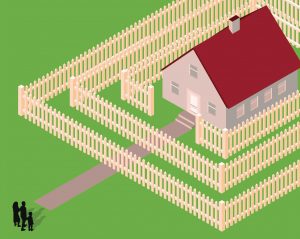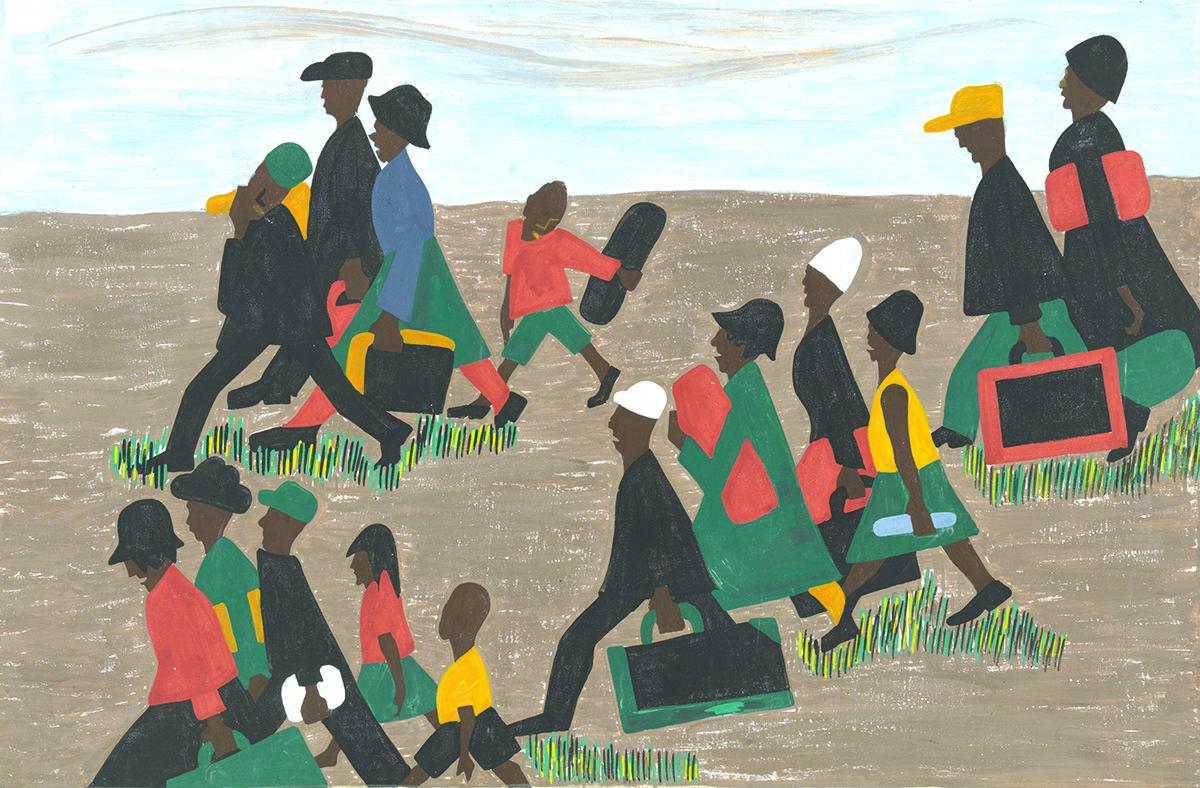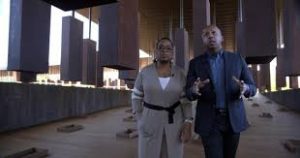Blacks Still Face a Red Line on Housing

By the Editorial Board
“For generations of white American families, homeownership has been a fundamental means of accumulating wealth. Their homes have grown in value over time, providing security in retirement and serving as an asset against which they can borrow for education or other purposes.
But African-Americans were essentially shut out of early federal programs that promoted homeownership and financial well-being — including the all-important New Deal mortgage insurance system that generated the mid-20th-century homeownership boom. This missed opportunity to amass wealth that white Americans took for granted is evident to this day in a yawning black-white wealth gap and in worse health, living conditions and educational opportunities for African-Americans.
The Fair Housing Act, which turned 50 years old last week, ended the most egregious forms of discrimination and brought a modest rise in black homeownership. But those gains — and the hard-won wealth they represented — were wiped out a decade ago in the Great Recession, which reduced the African-American homeownership rate to levels not seen since housing discrimination was legal in the 1960s.
These losses reflect the persistence of financial racism in America and the fact that black people who were eligible for affordable credit were victimized by predatory loans that paid off handsomely for brokers and lenders but led borrowers to foreclosure.”


